Rye bread: benefits and 2 recipes to do at home
Easily distinguishable from the moment we step on a bakery and take a look at the different breads we find on their shelves or shelves, the Rye bread It stands out precisely because it is one of the healthiest breads, which nevertheless clashes with an obvious particularity: despite being the most suitable from a nutritional point of view, it is not as common as, for example, bread made with wheat flour.
However, for those who have already tried it, or simply know that nutritionally speaking becomes a suitable and healthy option, probably know how to discover it with some ease between the shelves of the aforementioned bakery, for its striking and characteristic dark color.
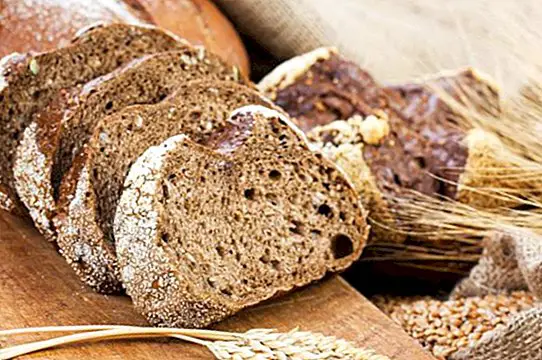
But its appearance is not only its main characteristic. We also distinguish palpable differences both in its flavor (a bit more bitter than common bread) and in its texture at the moment of splitting or chewing (it has a simply delicious spongy texture).
In fact, despite the fact that in our country it tends not to be so popular or known (something that would not be surprising if we take into account that a typical bread sandwich with chocolate or fatty sausages comes in the snack), did you know that rye bread is tremendously valued in the countries of northern Europe?.
In them this bread is consumed habitually and daily, in the same way that happens with a country as far away as Russia. What's more, we can find two varieties of extremely popular rye bread: the pumpernickel and the knäckebröd.
It is likely that the pumpernickel variety does not sound as much for its name, but for its appearance, especially because we can easily find it in many supermarkets: it is a type of rye bread made with low-milled rye in slow mixed cooking with vapo, with a pasty appearance and a fairly characteristic brown color, which stands out for its slightly sweet flavor.
On the other hand, if you usually visit the popular Swedish furniture store Ikea, it is possible that the other variety (the bread knäckebröd) also sounds like: rye bread of fine appearance and hard or crunchy texture.
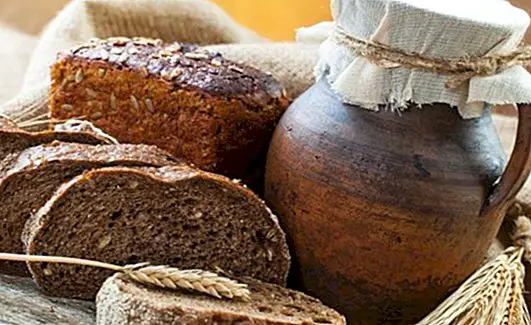
What is rye bread?
We have a wonderful bread made with rye flour, a cereal known scientifically with the name ofSecale cereale, whose grains are used not only to make bread from their flour, but also to manufacture some alcoholic beverages (not only beer, but also brandy and certain vodkas and whiskeys).
From a historical point of view it is recorded that, almost in all likelihood, the first time that rye was used as food was back in the late Paleolithic. In fact, in Abū Hurayra (in the valley of the Euphrates River, north of what is now Syria), remains have been found that would prove it.
It is a plant belonging to the wheat family, which tends to flower between the months of May and July. Precisely the flour of this cereal is obviously used to make the wonderful rye bread.
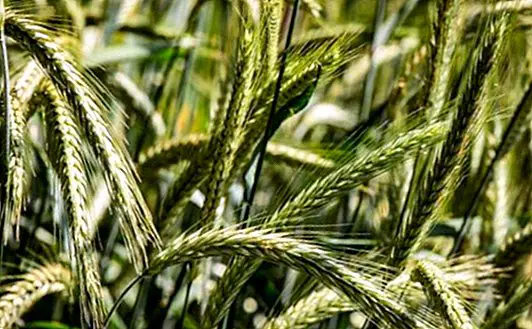
Nutritional properties of rye bread
From a nutritional point of view, rye bread stands out for the following qualities:
- Rich in complex carbohydrates:100 grams of rye bread provide around 48 grams of carbohydrates, which stand out precisely because they are slow-release carbohydrates. These carbohydrates tend to be absorbed slowly, helping to maintain blood sugar levels much more stable.
- Low fat intake:It is a low fat whole grain bread, which means that it is an ideal nutritious option within a healthy diet (even in weight loss diets), since 100 grams provide only 3.3 grams of fat.
- Rich in healthy fatty acids:Rye bread is a variety not only delicious, but also provides interesting amounts of healthy fatty acids, such as linoleic acid.
- Interesting fiber contribution:Being a bread made from whole grains, rye bread is surprising for its high fiber content. Specifically, 100 grams of this bread provide almost 6 grams of fiber.
- High mineral content:rye bread stands out for its high content of minerals and trace elements, among which we distinguish calcium, iron, phosphorus, zinc, selenium and sodium.
- High content of vitamins:On the other hand, rye bread provides interesting amounts of vitamins, especially B vitamins, among which we find vitamin B1, B2, B3, B5 and B9. In addition, it provides vitamin C, although in smaller quantities.
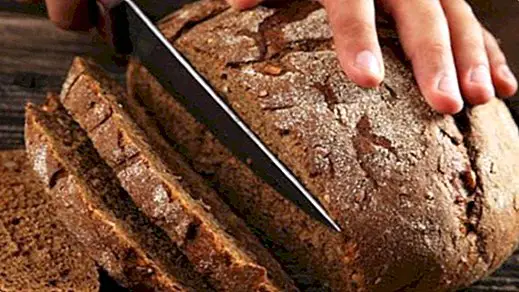
And what are the benefits of rye bread?
A good option in case of diabetes
Unlike what you probably think, the common bread made with wheat flour is not as healthy, especially if you suffer from diabetes, since it is an option that provides mostly simple carbohydrates (or rapid absorption).
A very good possibility, especially if you are a bread lover and you also have diabetes, is to replace this common bread with rye bread, since not only will it provide you with a good amount of healthy fatty acids, vitamins and minerals, but it also stands out as we told you about your content of complex carbohydrates.
That is, it is a natural and tremendously healthy option, which also gives you the energy you need little by little, without causing high and sudden spikes in blood sugar.
Helps improve intestinal transit
Rye bread stands out for being a type of bread made with rye flour, a whole grain cereal with a high amount of fiber. Therefore, it becomes a good way to consume fiber every day, which will help us improve our intestinal transit, especially if we eat it on a regular basis.
This is even more useful and remarkable in case of constipation, to help us regulate our transit. Also, did you know that it acts as a mild laxative?
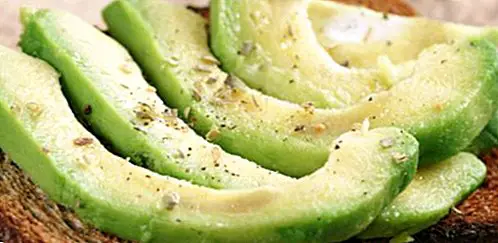
It helps with blood circulation
Rye bread is a variety rich in linoleic acid, a healthy fatty acid that among other important benefits helps both strengthen and improve the flexibility of blood vessels.
For this reason, it becomes a good option to help us improve blood circulation, being nutritionally adequate in cases of hypertension and cardiovascular diseases.
Very useful if you have high cholesterol
Did you know that in case of high cholesterol and triglycerides, rye bread will help you lower your blood levels ?.
This quality is not only due to the contribution of healthy fatty acids such as linoleic acid, but also to its fiber content, helping to eliminate excess fats through the intestine.
How to make rye bread at home

Rye bread recipe (basic recipe)
Ingredients:
- 350 g of rye flour
- 150 g of whole wheat flour
- 25 g of brewer's yeast
- 1 tablespoon fennel grain
- 1 tablespoon of olive oil
- Warm water
- Salt
Preparation of rye bread:
- Heat a little water and dissolve the brewer's yeast in it.
- On top of a wood or marble surface, mix together both rye flour and wheat flour, fennel grain and salt. Add the warm water mixed with the brewer's yeast.
- Knead vigorously until a soft consistency is obtained. Add olive oil and then let the dough rest for an hour in a separate place.
- After this time, knead again and place the dough in an ideal mold for bread.
- Take to the oven and bake for 40 minutes. Meanwhile, in a glass mix a little oil with water and whisk it a little. Halfway through cooking and with the help of a brush spread the loaf of bread with this mixture of oil and water.
- Ready!.
Wholegrain rye bread recipe
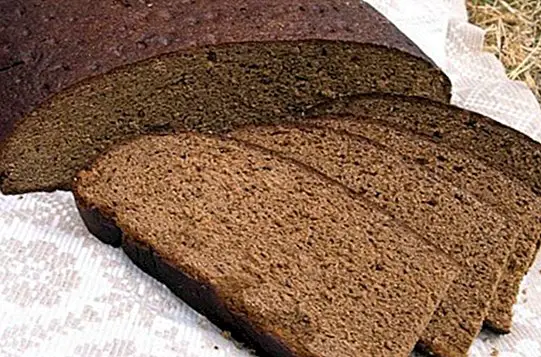
Ingredients:
- 500 g of wholemeal rye flour
- 40 g of fresh yeast
- 125 g of roasted seeds
- 500 g of water (at 60º C temperature)
- Olive oil
- Salt
Preparation of integral rye bread:
- On top of a wooden or marble surface where you can work the dough comfortably mix flour, seeds, warm water and salt.
- Add the yeast to the mixed dough.
- Put olive oil in the two molds and divide the dough between them.
- Spread with a little soft flour, cover the molds and let the dough ferment for 2 hours.
- Then take the molds to the oven and bake for 20 minutes at 250 º C. Then lower the temperature to 220 º C and finish baking another 20 minutes.
- Ready! To enjoy.
As we can see, making rye bread at home is even simpler than you think. Do you dare to elaborate it? It is delicious and also very, very, very nutritious. This article is published for informational purposes only. You can not and should not replace the consultation with a Nutritionist. We advise you to consult your trusted Nutritionist.


